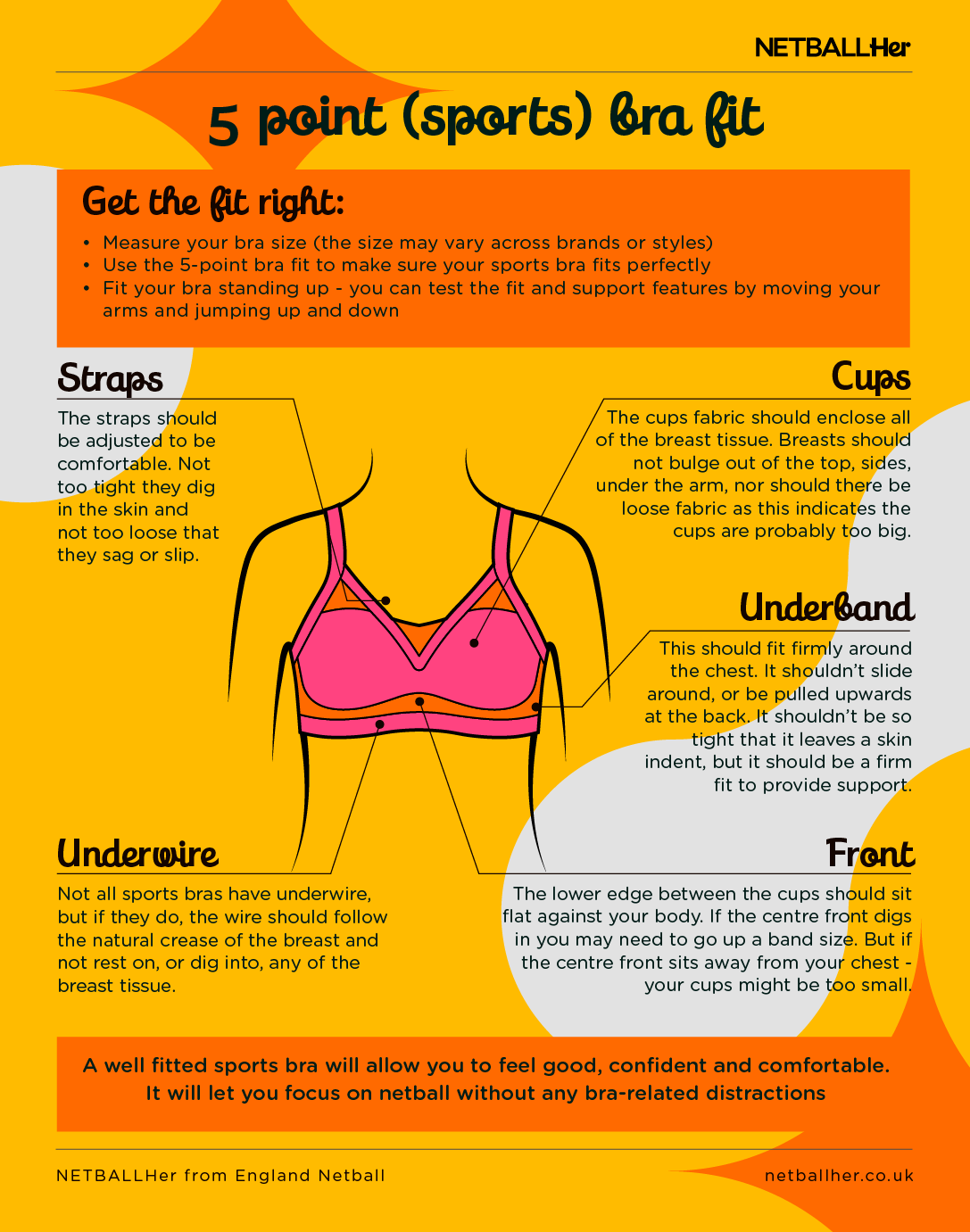Click play for an audio readthrough of this article
A simple yet huge move to tackle dropout stats (which may be even worse than reported)
Let’s not mince words, the teenage years can be super tricky and mega painful for girls (and boys). It’s a rocky road to navigate.
New, weird feelings. New, weird body. Hormones flying. Social (media) pressure. People, places and things demanding you be this or that.
As we know, and as you’ll read right here, the teenage years are a hugely precarious time for sport. Data varies (stay tuned) but we tend to work with a dropout rate of 65% for the general population of girls, and as high as 43% for girls who were previously active.
There’s a multitude of reasons behind the numbers but for intro purposes, we can sum it up in simple terms: sport stops meeting girls’ needs, and girls stop meeting sport’s needs.
The right kit
We at NETBALLHer tend to use the 65% dropout figure but England hockey player turned researcher Tess Howard, having conducted her own studies into kit culture, found that 70% of women have observed girls who’ve dropped out of sport due to kit issues and associated body image concerns.
Plainly, stereotypical, uncomfortable and sexualising sports garb is a barrier that puts her off and keeps her out. It’s damaging sport as we speak.
Howard’s research highlights that the majority of women want more choice in their sportswear. In a top six list of sought-after changes in kit culture, girls ranked choice, shorts, more comfort and more options (think darks, leggings and tracksuits) sensitive to specific female body needs.
There are reasons why girls face a lack of choice in kit, and why some sports see us mandatorily packed into skirts and other revealing / less-than-suitable clothing but, really, that’s another article. It’s a PhD paper.
For now, the punchline of the piece is that we need to remember the purpose of sport. Is it to exclude and sexualise, or is it about health and happiness at both individual and community levels? Is what women wear more important than participation?
Of course not. So it’s vital that dusty old kit conventions are considered and, where possible, relaxed and retired to ensure something as flimsy as clothing can no longer suck numbers, wellbeing and morale out of a sport. We crave a dynamic where anyone can make a home in sport. Where sport is a place girls want to be, want to stay, and want to enjoy.
A new fit
The data is depressing, alarming and points at a situation which needs to change. There’s a problem of perception and stereotype and without a circuit break the cycle will continue.
Luckily, Tess Howard’s research, and a growing movement around her, sufficiently raised people’s attention, backs and blood pressure to the point that new and inclusive kit regulations were recently introduced in hockey.
Under the new regulations, players have the individual freedom to choose to wear shorts, skirts or skorts with no requirement to wear the same items as teammates; so long as colours match.
It’s a great move for autonomy and encourages players to dress to their own comfort and confidence – whatever that means to the individual. It’s a step change in tradition that offers safety and peace-of-mind, sure, but it may also increase accessibility and participation among players in minority and non-traditional communities.
As Tess says, “Choice is being rigorously inclusive.”
A simple (but huge) move to change the rules on kit can potentially remove it as a barrier, as a weapon, and as a vehicle for judgement. Quite simply, no one should be put off participating in any sport based purely on what they’re required to wear.
With that, maybe it’s time for a clarion call:
Schools and sports clubs, parents, coaches and teachers – why not allow teenage girls to choose their own kit? If it makes a dent in the dropout stats, wonderful. If it starts to chip away at how sexualised women still are (and still feel) in sport, more’s the better.
As a reminder, the content of the course belongs to The Well HQ. You have permission to access and use the content yourself or, if you are an organisation, for the number of users selected, but are not otherwise permitted to share such content with others, all in accordance with our Course Terms and Conditions.

